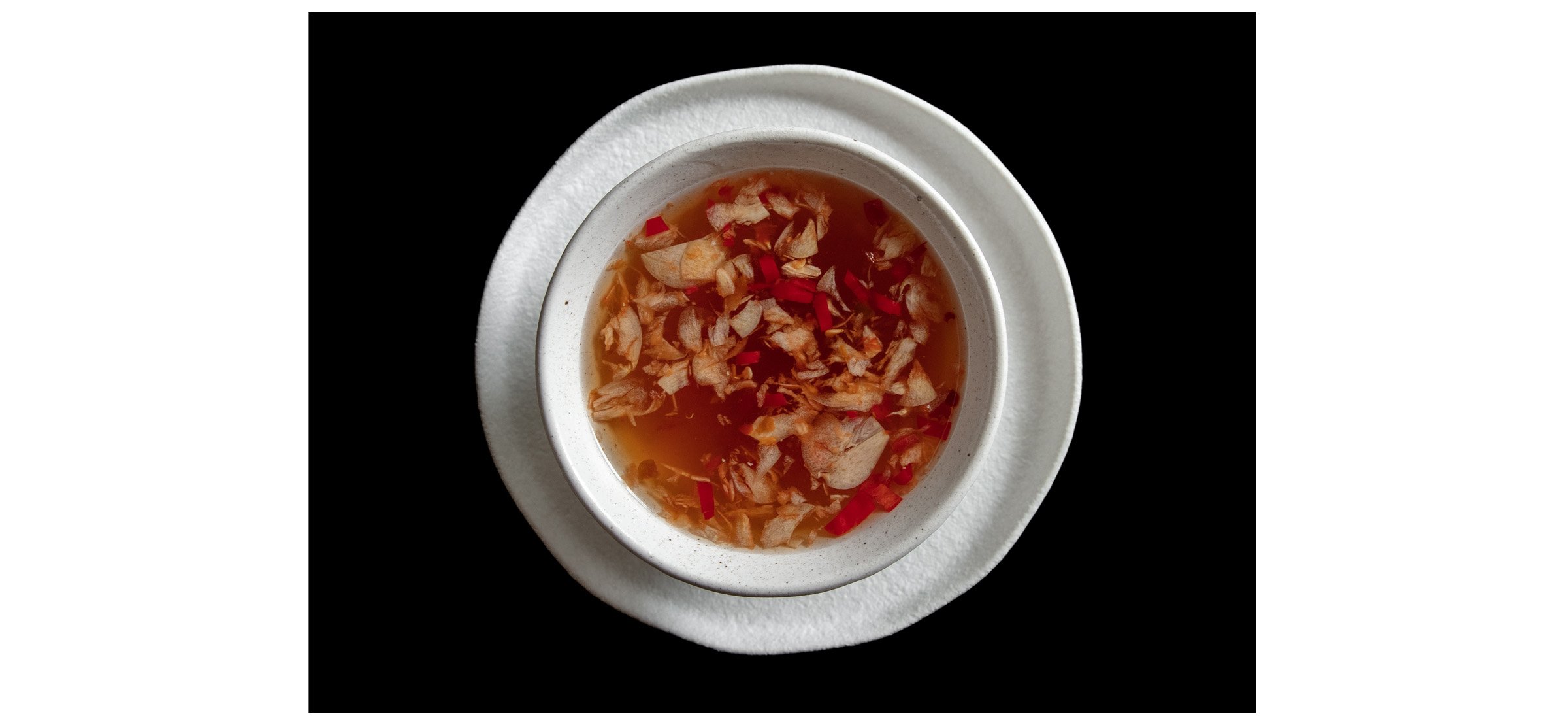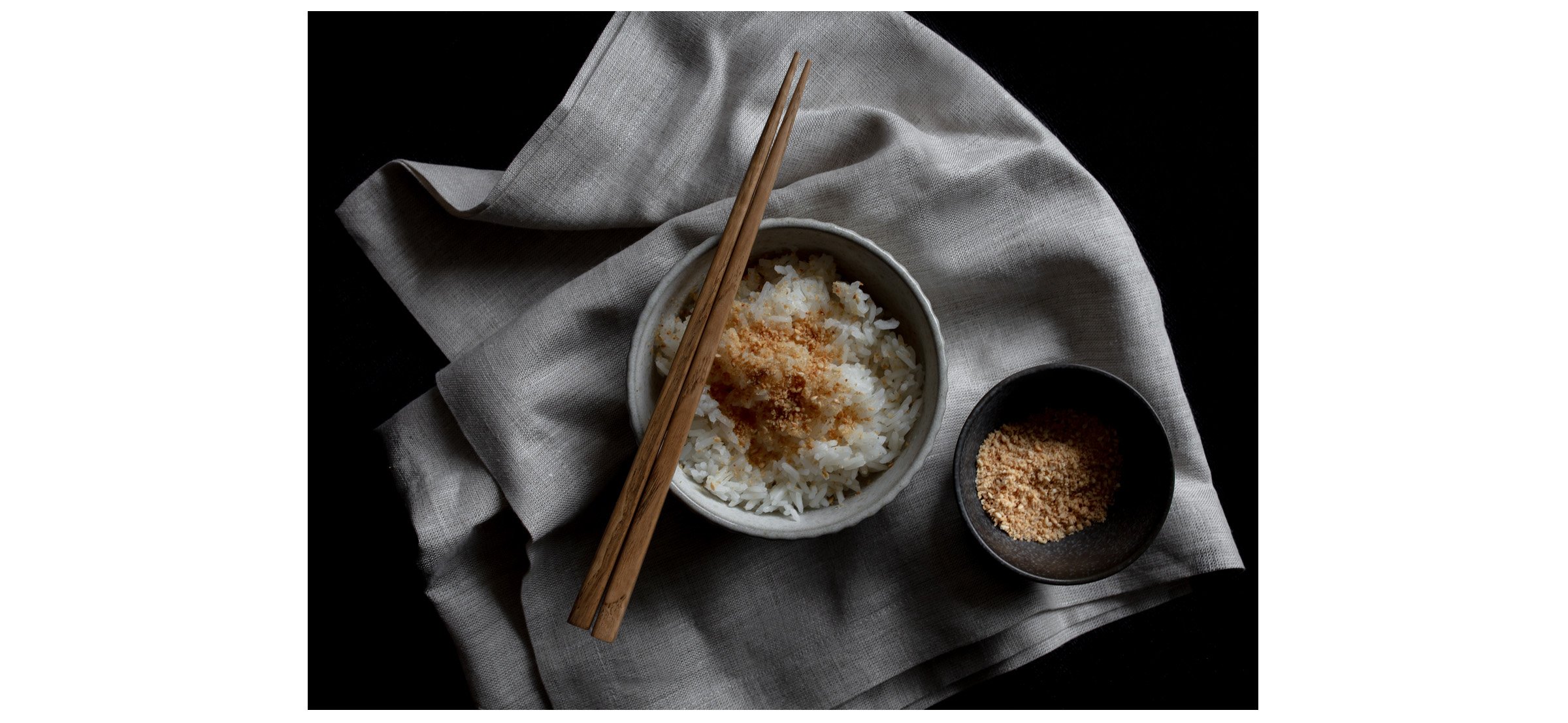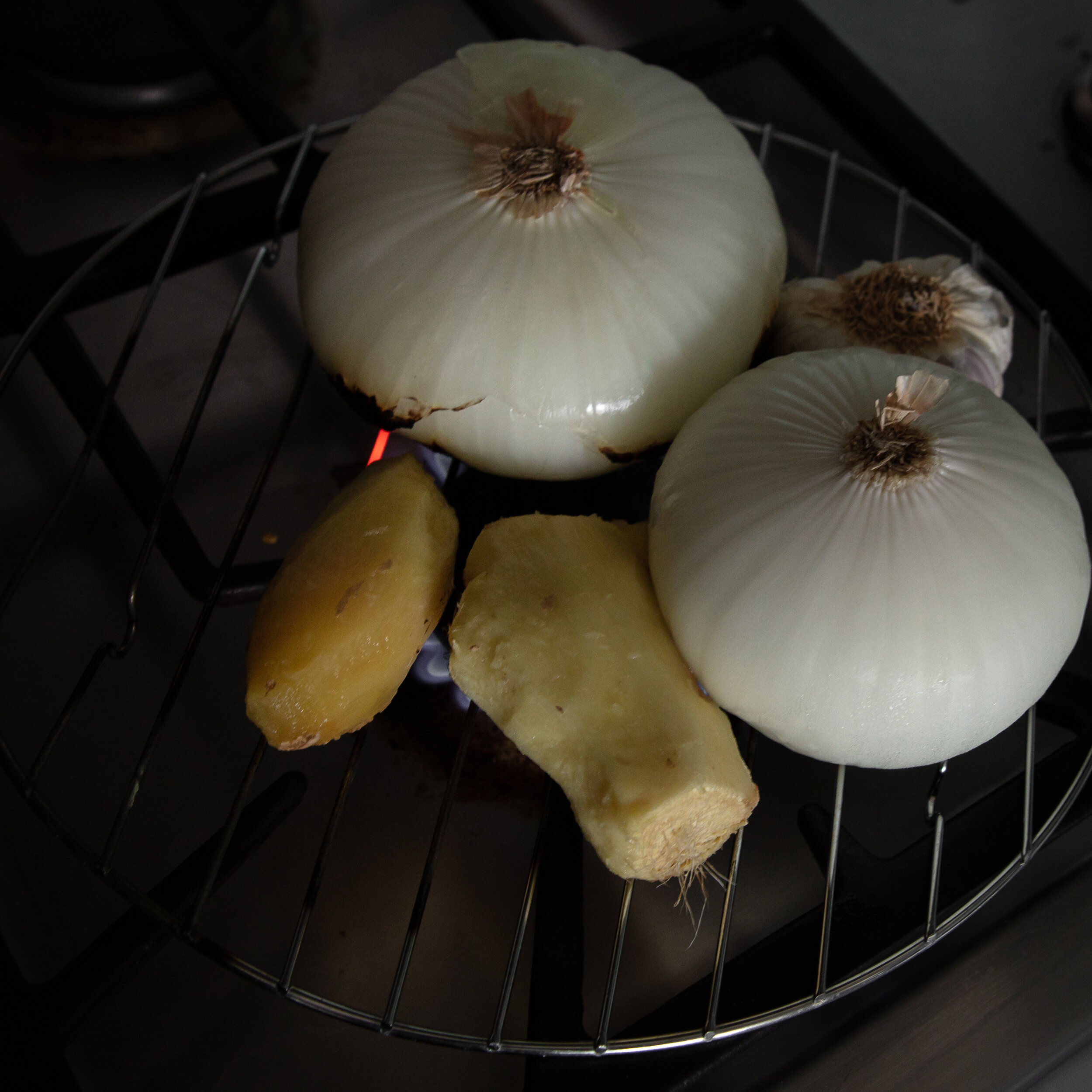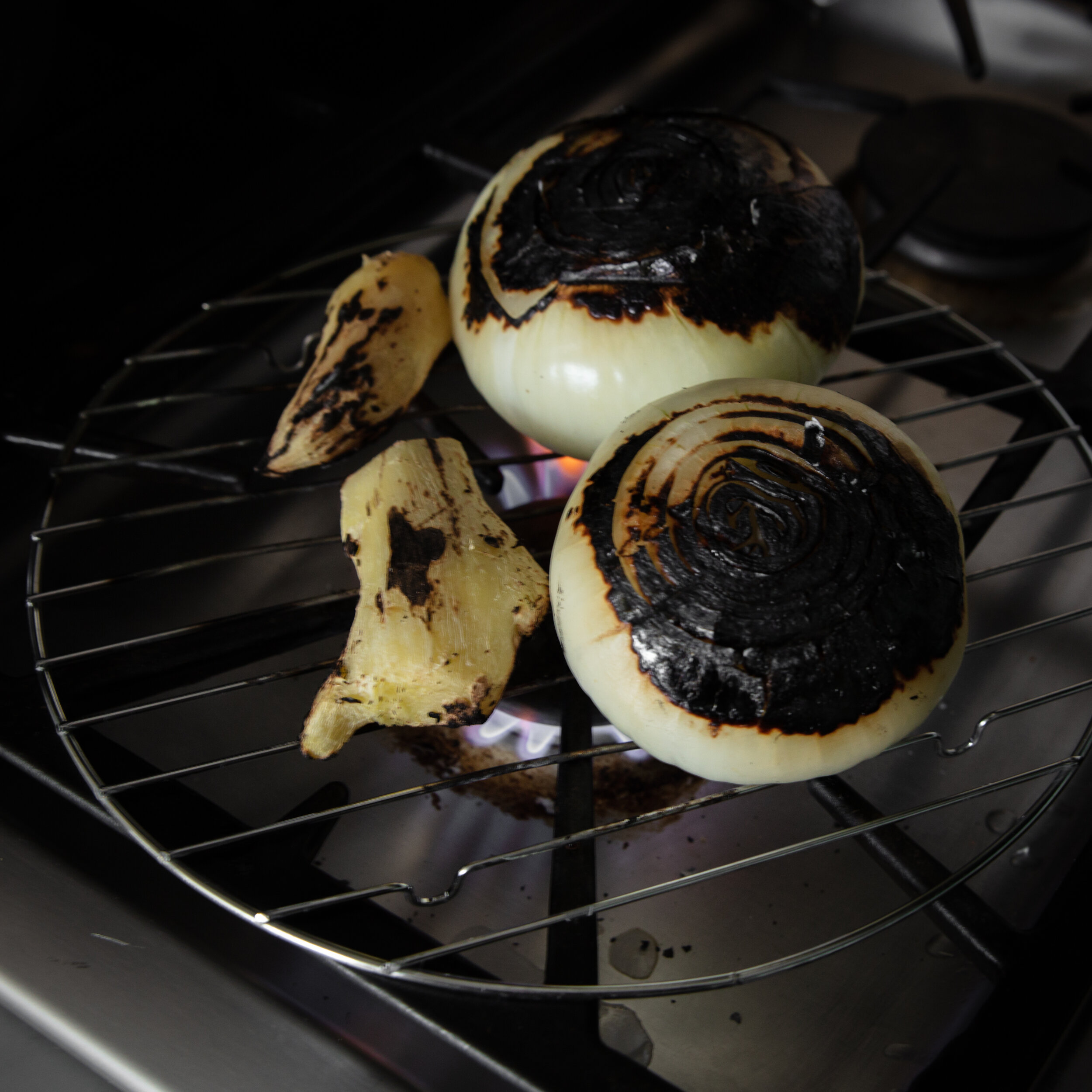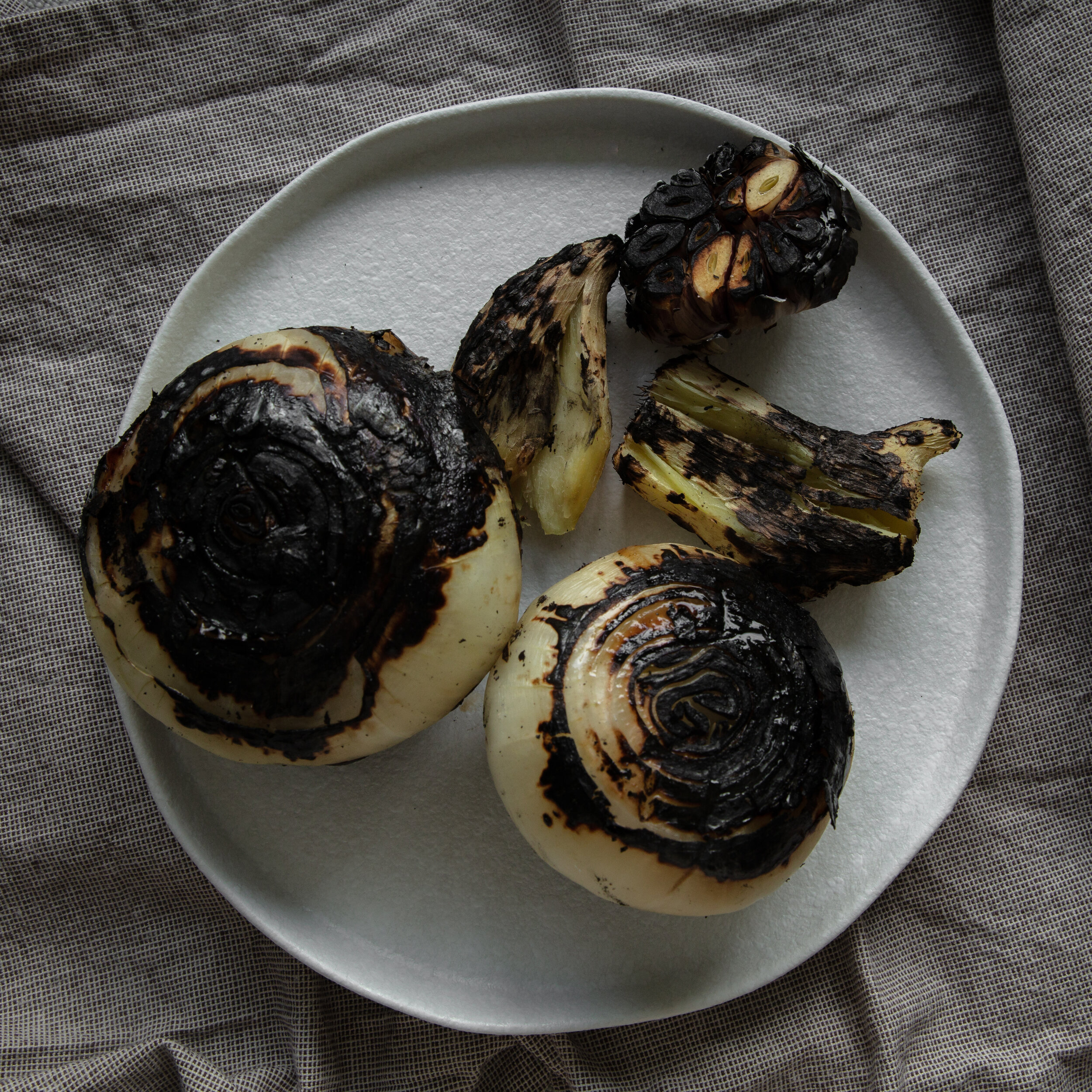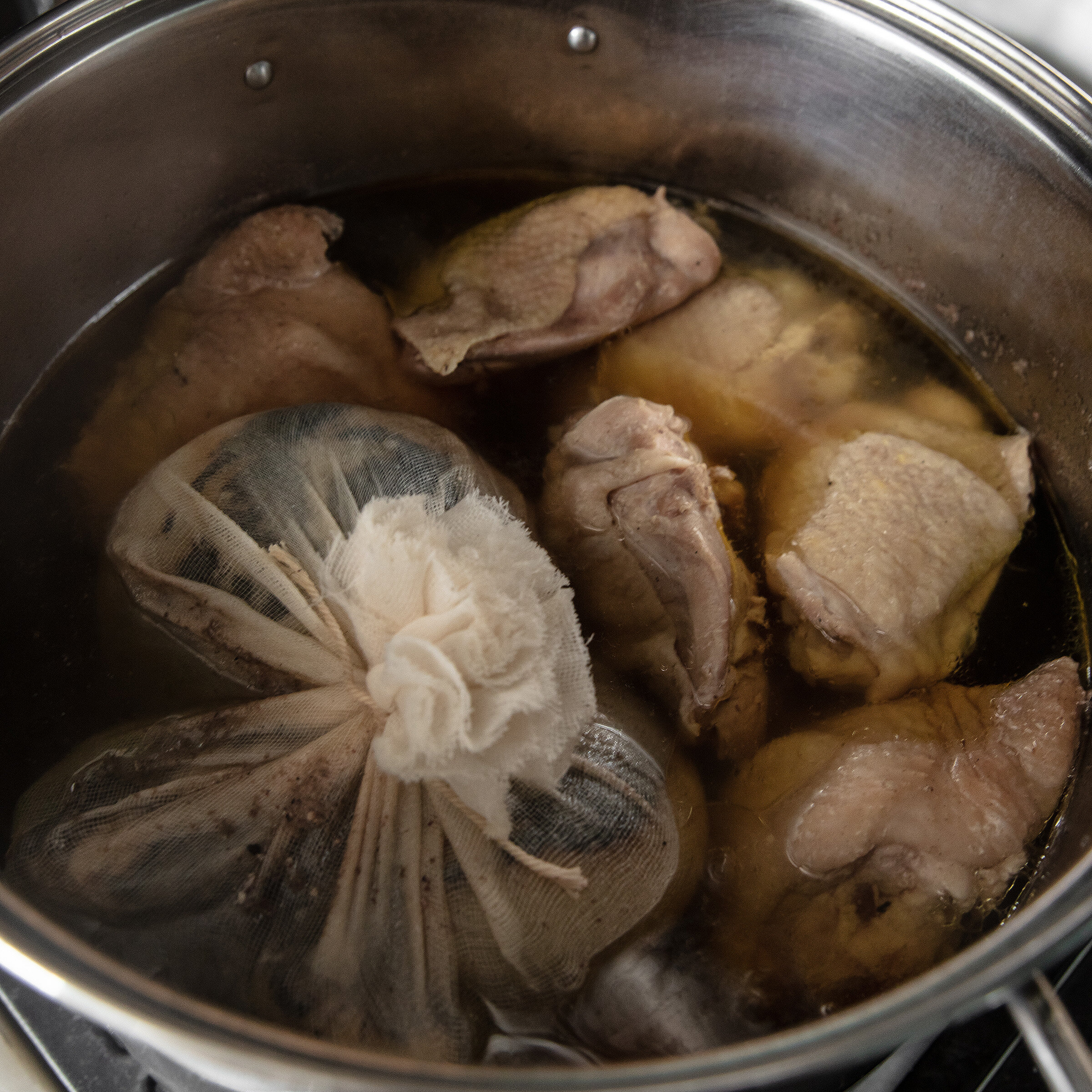Okay so I’ve been meaning to redo this recipe for awhile now, and I just now found some time to do it. If you’ve seen my previous recipe, it seemed a bit complicated (though to me it wasn’t…until I became a mom). I have always made things complicated because I’m such a purist in the kitchen, and every single little detail and measurement counts to me. My process with this dipping sauce has evolved because I found myself literally just throwing things together quickly for dinner, and I didn’t have time to count those tablespoons and teaspoons the way I did before. This recipe is much easier, and truly a no fuss recipe for nước chấm—the Vietnamese dipping sauce that is eaten with so many of our meals. With this ratio, I don’t even have to taste it to know that it is perfect.
THE PERFECT NO FUSS NƯỚC CHẤM / VIETNAMESE DIPPING FISH SAUCE
YOU’LL NEED
A mortar and pestle
A small whisk or mixing spoon
·A large jar
INGREDIENTS
2 ¼ cups of hot water (the temperature helps dissolve the sugar faster)
1/4 cup of high quality fish sauce (I prefer Three Crabs brand, but use whatever works for you)
1/3 cup of sugar
3 TBS fresh lime juice
2 garlic cloves, thinly sliced
1/2 tsp chili garlic sauce (preferably Huy Fong brand)
2 red thai chilis (seeds removed), thinly sliced
DIRECTIONS
1. Mix 2 ¼ of hot water with 1/3 cup of sugar, 1/4 cup of fish sauce in a mixing bowl. Set aside.
2. In a mortar bowl, add 2 garlic cloves (very thinly sliced), 2 Thai chilis (sliced, seeds removed; but if you
like your sauce extra spicy, keep the seeds), and 1/2 teaspoon of chili garlic sauce (see ingredient list
above). Gently pound the mixture until you get a nice blend of the ingredients.
3. Add your garlic and chili mixture to a small bowl filled with 3 TBS of freshly squeezed lime juice. Let the
mixture sit for 10 minutes in the lime juice. Pre-soaking in lime juice will prevent the chilis and garlic from sinking to the bottom.
4. After 10 minutes have passed, add the garlic, chilis, and lime juice into your mixing bowl and stir. Enjoy!

